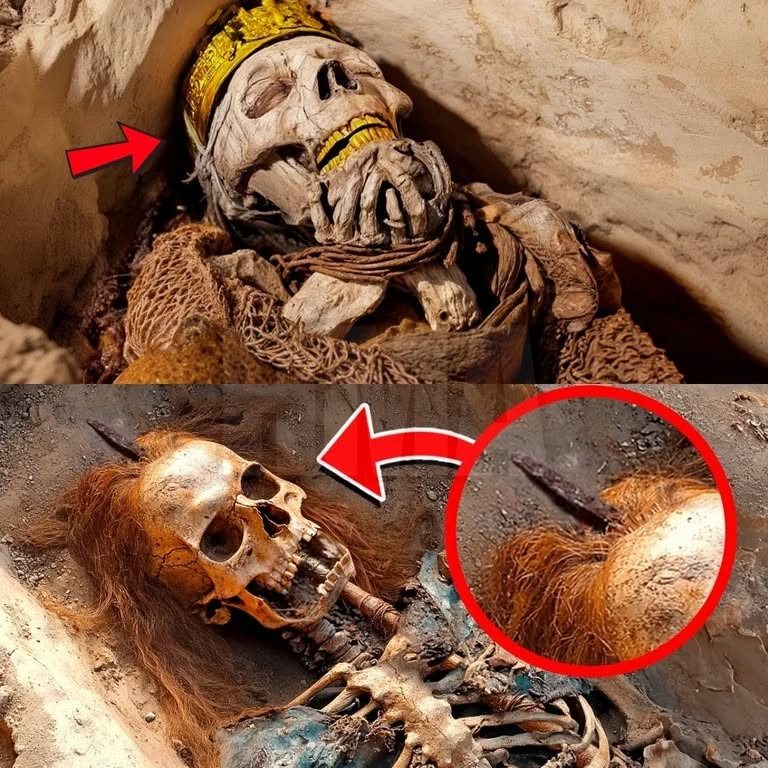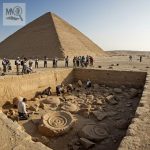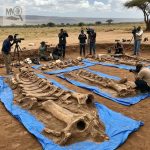Hidden Truths Beneath the Sands of Time

History is often taught as a linear story, beginning with the first cities, advancing through empires, and culminating in modern civilization. But what if humanity’s past is far older—and far stranger—than we believe? Around the globe, archaeological discoveries are emerging that challenge conventional timelines, suggesting that ancient civilizations and forgotten knowledge may have flourished long before written history began. From the monumental stones of Göbekli Tepe to mysterious tools in Africa and ruins reclaimed by jungles, the earth continues to reveal secrets that unsettle the very foundation of what we know.
Göbekli Tepe: Rewriting Civilization’s Dawn

One of the most striking examples is Göbekli Tepe in modern-day Turkey. Dated to over 12,000 years old, this megalithic site predates Stonehenge by millennia and pushes back the origins of organized religion and monumental architecture. Carved with intricate animal motifs and arranged in vast stone circles, it challenges the assumption that complex societies only emerged after farming. Instead, Göbekli Tepe suggests that spirituality and community gathering may have been the driving force behind early civilization.
Ancient Tools That Outdate Humanity
In Africa, discoveries of stone tools dating back over 3 million years raise even deeper questions. These artifacts predate the emergence of Homo sapiens, suggesting that earlier hominins possessed advanced cognitive and technological skills once thought unique to modern humans. If so, then humanity’s story is not a straight line of progress, but a tangled web of innovation, extinction, and survival stretching back far longer than we imagined.
Forgotten Cities Devoured by Nature
Elsewhere, jungles and deserts hide the remains of once-great cities. In Central and South America, lidar scanning has revealed sprawling urban networks beneath thick rainforest canopies, suggesting that ancient civilizations were far larger and more sophisticated than previously believed. Similarly, lost cities in the Sahara hint at times when deserts were fertile and thriving, capable of sustaining advanced cultures that later vanished under shifting climates.
These ruins stand as silent witnesses, whispering of ancestors whose stories have been lost to erosion, overgrowth, and the passing of centuries.
Challenging the Boundaries of History

Each artifact and ruin challenges us to reconsider humanity’s journey. Were there civilizations whose knowledge was erased by cataclysmic events? Did cultural memory of these ancient societies survive only as myth and legend? From flood stories in sacred texts to tales of lost continents like Atlantis, echoes of forgotten epochs may lie buried in both soil and folklore.
The discoveries force us to ask: what else lies hidden beneath the sands, waiting to reshape our understanding of who we are and where we came from?
Conclusion
The hidden truths beneath the sands of time remind us that history is far from complete. Göbekli Tepe, ancient African tools, and lost jungle cities are not isolated anomalies—they are fragments of a vast puzzle still unsolved. Each find is more than a relic; it is a challenge to everything we thought we knew. The greatest question is not what history has already taught us, but what still lies buried, waiting to be uncovered.











